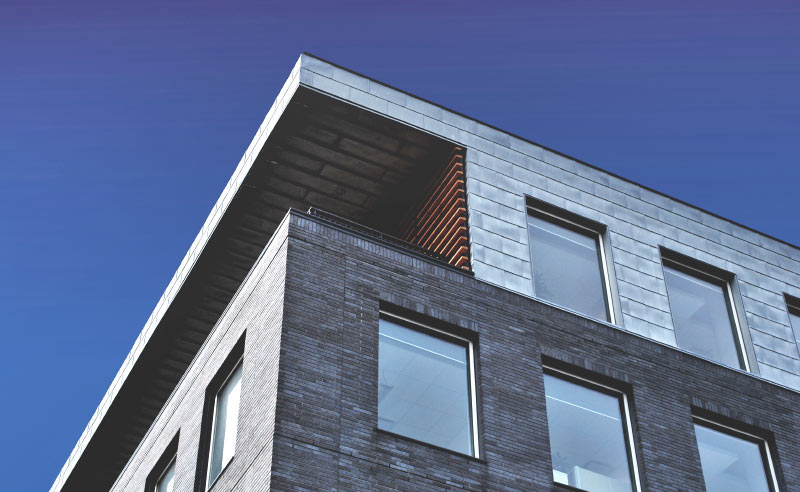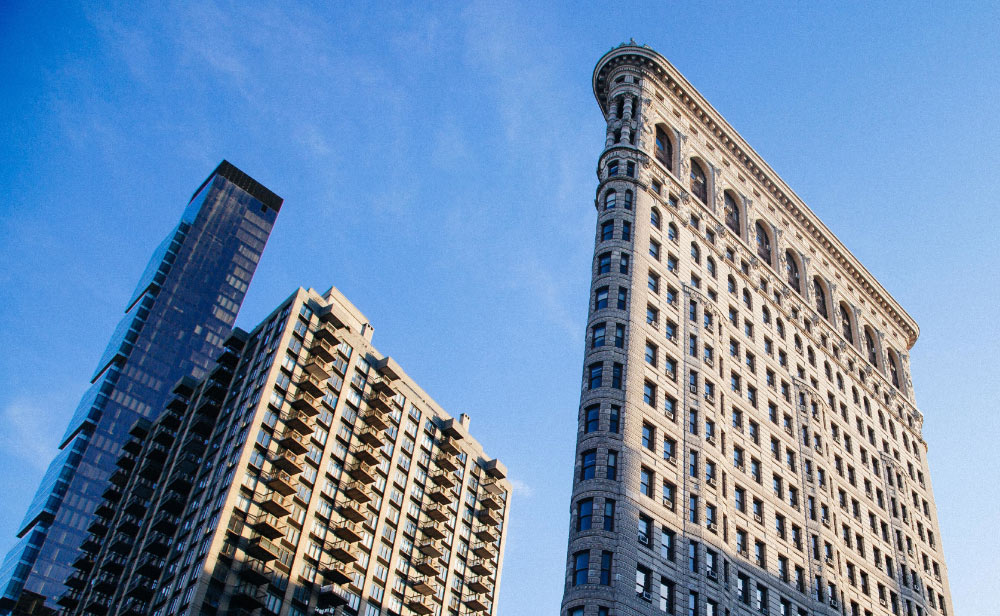Rent to Rent V Lease options?
It’s not new – the concept has been around for a long time, but the name ‘Rent to Rent’ (or R2R) burst onto the property investment field some years ago, and has been tought as the new way to maximise cash flow, but is it all it’s cracked up to be? Let’s look at the pros and cons.
The idea is simple enough. You source and rent a suitable property and convert it into more lucrative use like Holiday let or HMO (House in Multiple Occupancy.) This ‘adds value’ to the deal: you rent from the owner/landlord a single let property, and let out each room on an HMO or Holiday let basis, therefore maximising your rental income.
From the owner’s point of view it’s ideal: a long term let (five years or more) no voids and no maintenance takes all the pressure off being a landlord. OK, he might have to reduce the rent to the investor, but the offset of no expenses and voids more than makes up for that. There is no real reason to use a letting agency either, unless he wants them to collect the rent for him, so he saves on agency fees.
From the investor’s point of view, it can be a way into the property business without having to buy a property.
No problems with finding the deposit for a mortgage, surveys, credit etc. Simply rent a property, convert to an HMO etc, and sit back and watch the cash roll in, right?
Well, it’s not quite as simple as that. Let’s consider a couple of things. First of all, where is the profit in a Rent to Rent deal? It’s in the rent you receive for each room in your new HMO. In other words, any HMO will bring you increased rental income (assuming you run it correctly etc.) Where the profit isn’t is in the initial ‘Rent to RENT’ part of the deal.
In fact, believe is that Rent to Rent is low-cost and cheap deal, it is far from that. You will have to pay a deposit of course, fees for credit rating checks, inventory checks, etc. Then you have to convert the property into an HMO – fire doors, alarms, furniture, possible decoration, white goods, broadband etc. There’s other things to consider, too, like will there be enough hot water available when everyone comes home from work and wants a shower. Is one bathroom/shower/toilet enough? Does the cold water storage tank, if applies, have enough capacity for the extra load? If you need to install a larger one. What about cleaning for the communal area, maintaining the garden, if there is one?
Yes, the start-up costs can be substantial and a big surprise if you’re not ready for them, but no reason not to utilise HMO’s as a strategy, of course, the increase in rental over a single let is substantial, and will more than pay off in time.
The problem is, is that you are paying to uprate someone else’s property! The money you spend on the conversion is dead money – you can’t get it back. Also, bear in mind that you might have to return the property to it’s original condition at the end of your tenancy, so more expense. You will also be limited as to the works you can do – usually these will only be minor, and related to the conversion itself. You couldn’t, for example, build an extension, or convert the loft. You don’t gain from any equity increase, either, and of course, you have nothing to sell on. Your profit, then, is limited to your rental income, less all costs.
So, whilst running HMO’s as a business is good, renting the property in the first place isn’t so good. Well, it would be good if that was the only way of acquiring a property without buying it. But it isn’t…
How about this for a scenario: you sign a contract with a property owner and lease for a property for anything up to twenty years. You don’t pay any rent, you just pay the owner’s mortgage for him (much lower than rent, so higher profit from the rental income.) You don’t pay any deposit. You don’t have an inventory or any other bills or fees. (Not even legal fees: you can use my contracts and you don’t need a solicitor.) You have a Power of Attorney over the property, so you can do as you like with it without asking the owner’s permission, like build that extension, convert the loft, or even knock it down and build a block of flats. It’s up to you.
Even better, you have an option to BUY the property at TODAY’S value, any time during the lease period, and the owner cannot refuse to sell it to you. Given that property, on average, doubles in value every ten years or so, you’re sitting on a goldmine, because all that equity is yours… Oh, and if the deal goes belly up, for any reason, you can just hand the property back to the owner without any penalty!
The contract is assignable, too, which means you can sell the contract on to someone else.
This kind of deal is called a Lease Option. If you haven’t heard of them before, now you have. If you’ve heard of them but not using them, you’re missing a huge opportunity.
So which route would you prefer? I’ve done both, and I know which I prefer. I’ve been in property investment for over 15 years now, and I’ve used pretty well every strategy going, and Lease Options wins every time.
I finally found someone who could write a Lease Option contract. It cost me around £1000 plus VAT. I am still using that contract today, as are my students, but it has changed and been honed massively since that first one. Crucially, I learned how to negotiate with estate agents and owners to get not only the deal, but the best deal.

Contact us to learn more.
- Praesent elementum molestie metus, vitae faucibus odio euismod vitae.
Nullam faucibus sapien eu neque sagittis, ut commodo nunc porttitor.
Cras velit nibh, porttitor id consequat non, porta sit amet orci.
Proin rhoncus, urna sed pretium tincidunt, leo tellus sagittis velit, et placerat elit dolor non felis.
We are here to help.



